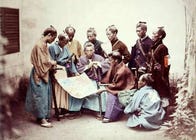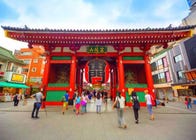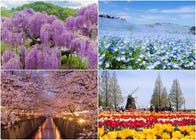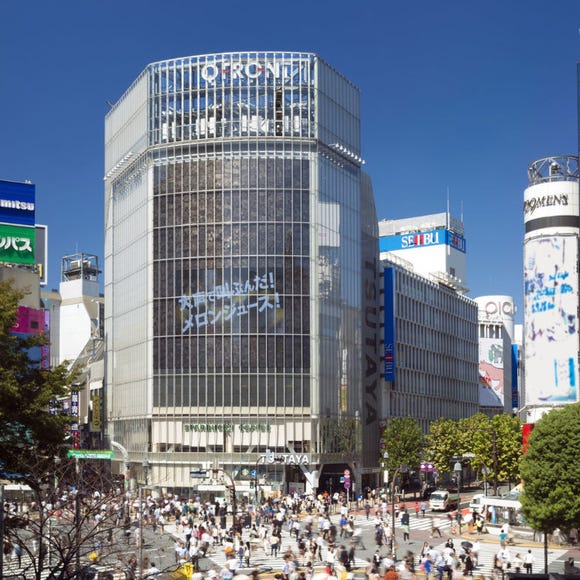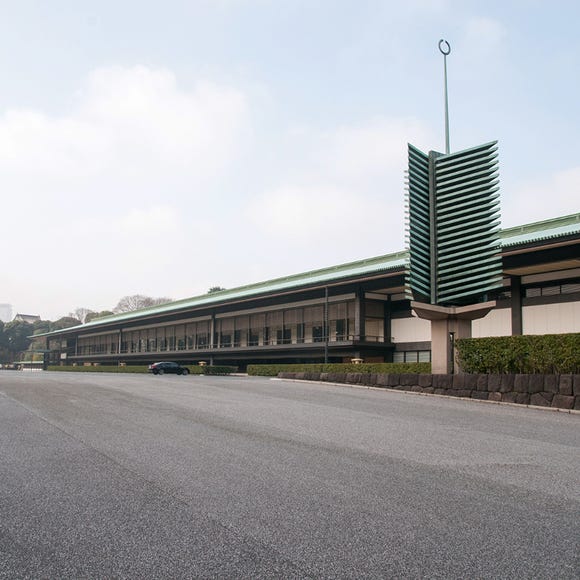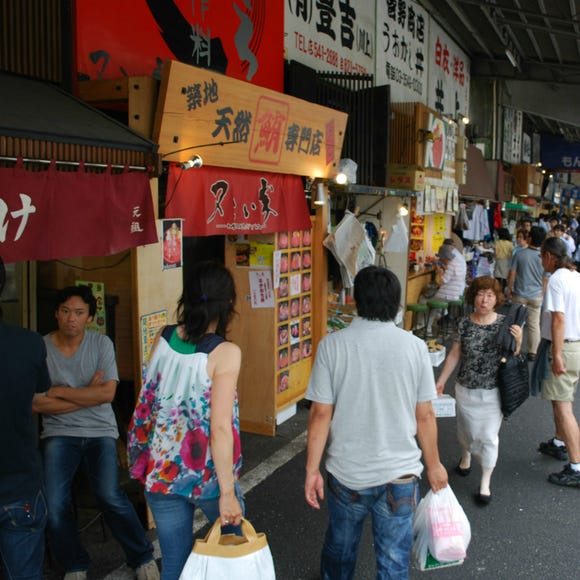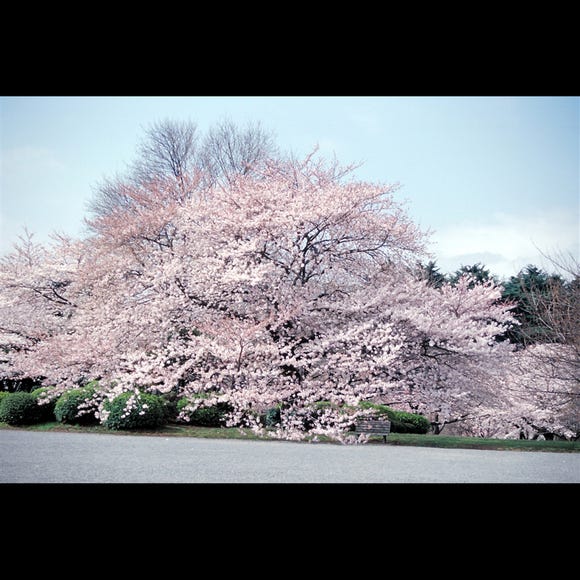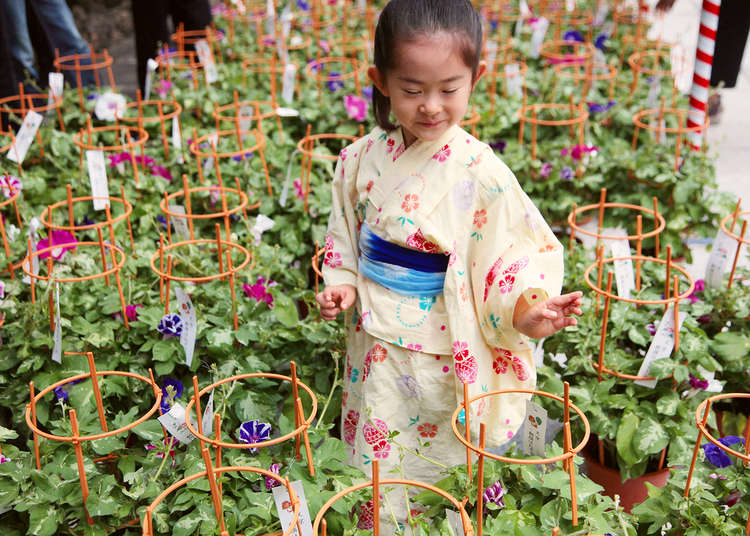
Summer is a colorful season in Tokyo, and just as the hydrangeas begin to fade, spectacular flower markets start to open around the city.
In particular, two seasonal flowers - morning glories (asagao in Japanese) and Chinese lantern plants (hozuki) come into bloom in the hot Japanese summer.
Since the Edo period (the early 1600s to mid-1800s), flower markets showcasing these two beautiful varieties have been enjoyed in many areas around Tokyo. While you can buy plants at these markets, each is a kind of miniature flower festival in and of itself. With food and drink stalls and lines of blooming plants, the whole scene makes for a fantastic photo opportunity!
So, here are six of Tokyo's most famous flower markets without ado!
1. Iriya Asagao Festival (July 6-8)
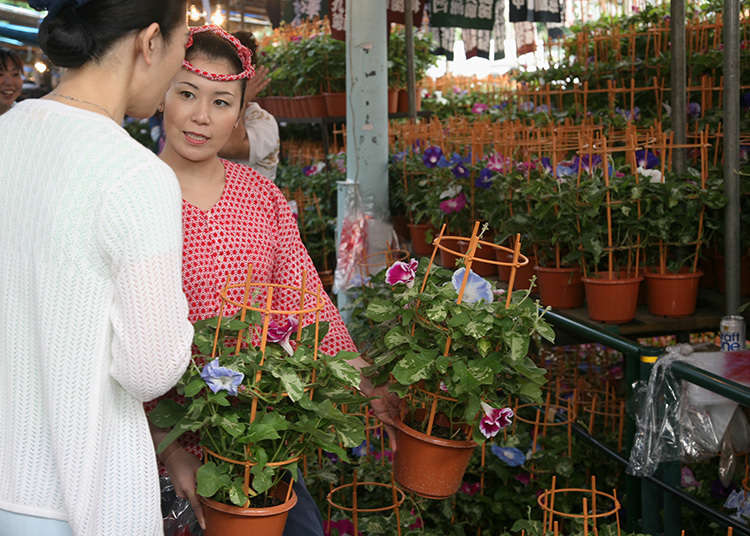
This festival is held in Taito-ku’s district of Shitaya, in the neighborhood of the Iriya Kishimojin, the temple of the same-named Buddha of children, their parents, and childbirth.
Around 120 asagao merchants and another 100 stalls crowd the area, attracting almost 400,000 visitors annually. Iriya’s asagao fair was a traditional event ever since the Meiji era but declined in popularity later. In 1948, however, the festival was revived and has become a mainstay in the area.
-
Iriya Kishimojin入谷鬼子母神
- Address 1-12-16 Shitaya, Taito-ku, Tokyo-to 110-0004
2. The Bunkyo Asagao Market (July 20-21)
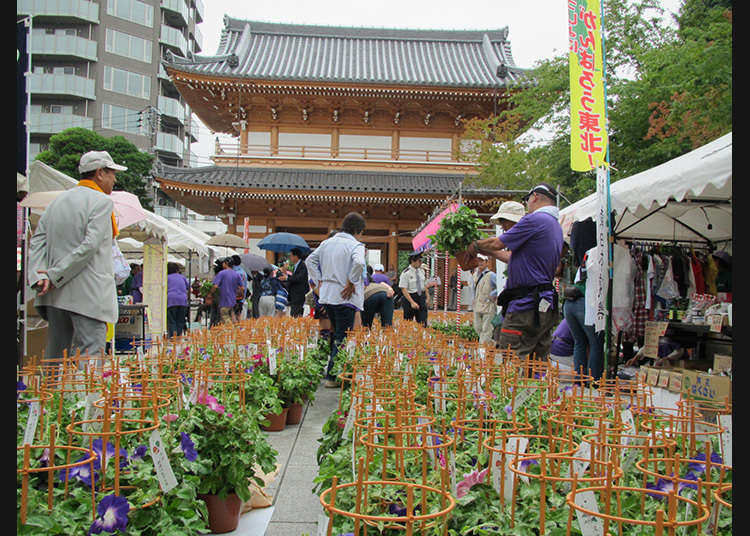
Colorfully blossoming asagao flowers occupy neatly arranged flower pots, all for sale at the Bunkyo Asagao Market. This event takes place at Zenokji temple, which is only one minute away from the famous Denzu Temple.
Look forward to various events around the neighborhood during the festival, such as an exhibition of gorgeous flowers that don’t look like your regular Morning Glory flowers.
The Denzu Temple, at which the market is being held, is connected to the Tokugawa family, who were once the Shoguns of Japan. Tokugawa Ieyasu’s mother, Odai-no-kata, and the second Shogun Tokugawa Hidetaka’s daughter Senhime are buried at the temple.
-
Denzuin Temple伝通院
- Address 3-14-6 Koishikawa, Bunkyo-ku, Tokyo-to 112-0002
3. Kunitachi Asagao Market (July 6-7)
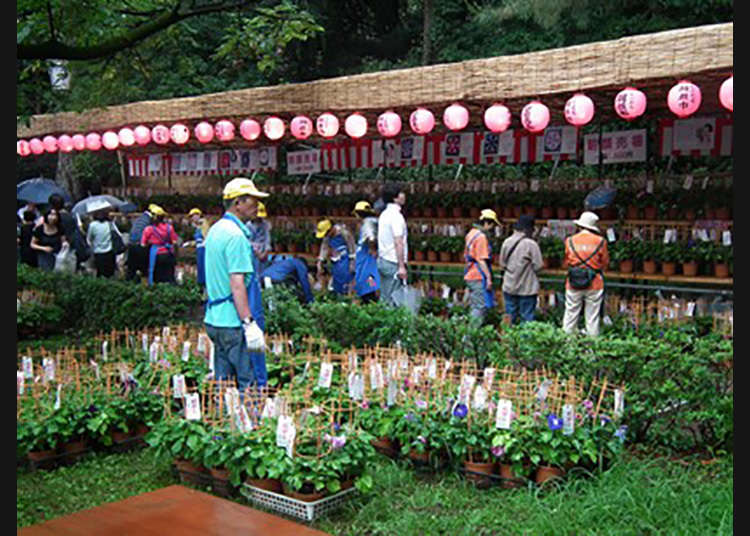
In the suburbs of Tokyo lies the city of Kunitachi, home to Hitotsubashi University. The Kunitachi Asagao Market is held at the university’s southern main gate and the green belt of the university street. Around 2,000 different potted morning glories can be found and purchased at this bustling market – all plants that are on sale were grown in the "Asagao Village of Kunitachi.”
The beautiful flowers aren't the only wonders to be found here, however. Various traditional crafts and products, such as glass wind chimes or local farmers' produce, are also on display. The wind chimes jingle whenever a breeze is caught in them, and they can often be seen hanging from the eaves of Japanese houses during the summer months.
-
Hitotsubashi University一橋大学
- Address 2-1 Naka, Kunitachi-shi, Tokyo-to 186-8601
4. Hozuki Market at Senso-ji (July 9-10)

This hozuki market is being held at Tokyo’s oldest shrine, Senso-ji, which was constructed in the year 628. Also called the “Kannon-sama of Asakusa,” the temple is one of Tokyo’s most popular tourist destinations. During the market, around 120 different shops line the temple grounds to present and offer their Chinese lantern plant varieties.
Many people enjoy this summer festival dressed in colorful yukata. It is said that if you visit Senso-ji on the 9th and 10th of July, divine favor equal to 46,000 temple visits will be bestowed upon you. Furthermore, kaminarijo, protection charms against thunder and bad weather in general, are sold only during these two days.
-
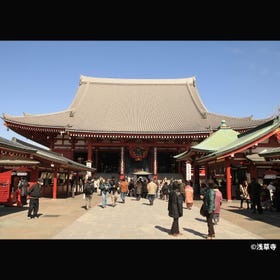
-
Address
2-3-1, Asakusa, Taitou-ku, Tokyo, 111-0032
View Map -
Nearest Station
Asakusa Station (Tokyo Metro Ginza Line / Toei Asakusa Line / Tobu Isesaki Line (Tobu Sky Tree Line) / Tsukuba Express)
5 minutes on foot
- Phone Number 03-3842-0181
-
Address
2-3-1, Asakusa, Taitou-ku, Tokyo, 111-0032
5. The Bunkyo Hozuki Market (July 20-21)
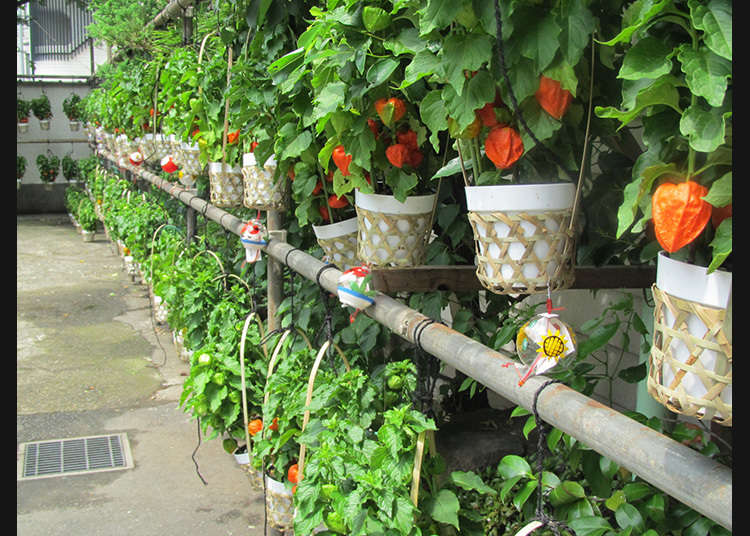
Beautiful vermilion-colored, potted hozuki are up for sale at the market taking place on the grounds of Genkaku-ji in Bunkyo District’s Koishikawa neighborhood. Genkaku Temple also goes by the name of Konnyaku Enma and has been believed to cure eye ailments since ancient times.
Many people offer konnyaku, yam cakes made out of the konjac plant, to the statue of Enma on the temple grounds – Enma is the Buddhist lord of the underworld realm. Several events, such as a stamp rally, take place during the two days of the market, and look forward to snacking on a variety of konnyaku treats!
-
Genkakuji Temple源覚寺
- Address 2-23-14 Koishikawa, Bunkyo-ku, Tokyo-to 112-0002
6. The Hozuki Market at Asahi Shrine (July 5-6)
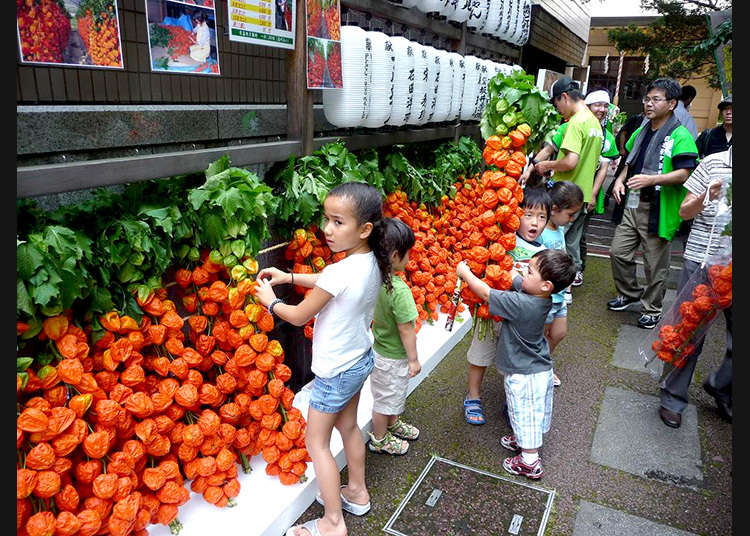
Minato-ku’s Roppongi neighborhood also has its very own hozuki market, taking place at Asahi-jinja. Sponsored by the town of Hinokage in Miyazaki Prefecture, this market sells the famous hozuki products of this area. The entire road leading up to the shrine is lined with Chinese lantern plants bearing fruit, often more than ten growing on one stem, and the whole grounds seem to be dipped in a bright vermilion red color.
One characteristic of the Hinokage Hozuki is their size – the fruits are often bigger than 10 centimeters in diameter! Apart from these magnificent plants, Hinokage bamboo ware and other regional specialties are also exhibited – some things are even for sale. The Hinokage Kagura performances, a traditional and theatrical Shinto dance, are an exciting event that takes place during the market.
-
Asahi Jinja朝日神社
- Address 6-7-14 Roppongi, Minato-ku, Tokyo-to 106-0032
- Area
- Category
*Prices and options mentioned are subject to change.
*Unless stated otherwise, all prices include tax.
Limited time offer: 10% discount coupons available now!
Recommended places for you
-

15 Must-Try Restaurants in Ikebukuro: From Aged Yakiniku to All-You-Can-Eat Sushi, Plus Adorable Animal Cafés
-

15 Must-Try Sushi Restaurants in Tokyo (+5 Trending Areas to Explore for Foodies)
-

12 Unique & Fun Tokyo Food Tours to Enjoy in 2024
-

Step Into the Story: Inside Immersive Fort Tokyo
-

Professional Photos Even Beginners Can Shoot! 10 Tips for Taking Stunning Cherry Blossom Photos
-

Where to Eat in Yokohama: 10 Must-Try Restaurants for Yakiniku, Izakayas, Unique Dining & More
-

[2016] Tokyo's Summer Festivals You Don't Want to Miss!
-
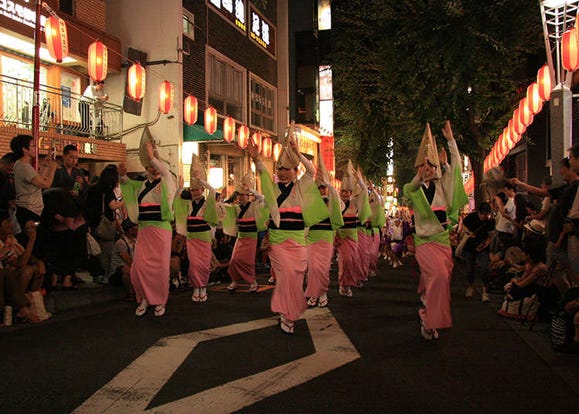
[2017] Tokyo's Events in July and August - Beat The Heat With Happiness!
-
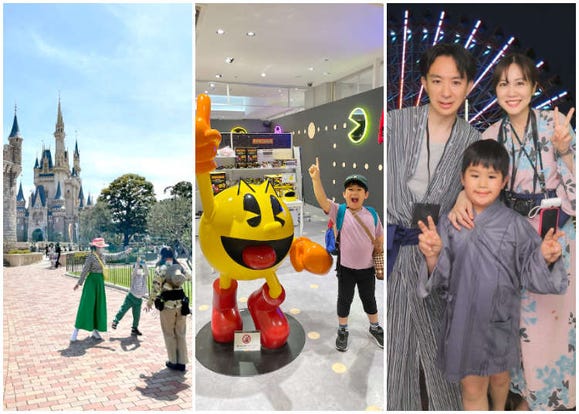
Fun Places to Go With Family in Tokyo in Summer 2024: 10 Must-Visit Kid-Friendly Destinations
-
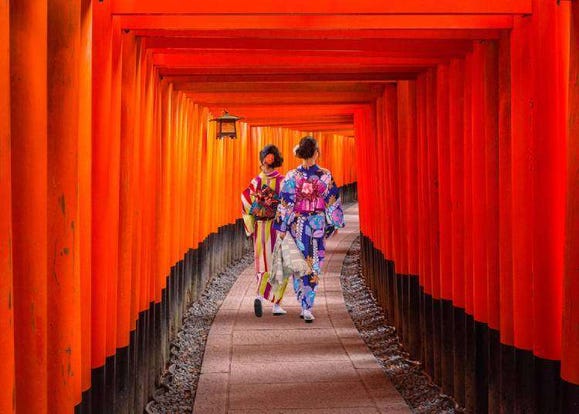
10 Major Cities in Japan: Which One Should Top Your Bucket List?
-

8 Bon Odori Dance Festivals Around Tokyo (2023): Dancing to the Beat of Summer
-

What to Pack for Japan: 8 Essential Things for a Hassle-Free Trip
- #best ramen tokyo
- #what to buy in ameyoko
- #what to bring to japan
- #new years in tokyo
- #best izakaya shinjuku
- #things to do tokyo
- #japanese nail trends
- #what to do in odaiba
- #onsen tattoo friendly tokyo
- #daiso
- #best sushi ginza
- #japanese convenience store snacks
- #best yakiniku shibuya
- #japanese fashion culture
- #best japanese soft drinks













